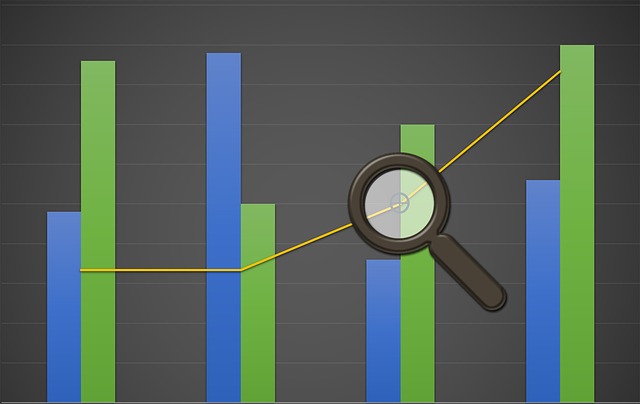While the higher fees associated with high-yield bond ETFs can be ascribed to the lack of competition in the ETF fixed-income space, the issue of whether the bond markets are too big to track is more debateable.
Stephen Baines from Kames Capital, co-manager of the Kames Short Dated High Yield Global Bond Fund, said he was concerned the "somewhat disappointing" returns from high-yield bond ETFs was partly down higher fees on fixed-income ETFs.
But he added that the shortfall might also be due in part to the number of securities that fixed-income ETFs ignored when picking which bonds to track.
"There are around 1,900 individual securities in the US market, but the major ETFs only hold around 1,000," he says. "This means these 'trackers' have taken an active decision to ignore hundreds of securities, leaving behind plenty of opportunities for active managers."
However, pointing to the make-up of the global aggregated bond funds included within Amundi's Physical Fixed Income ETF range, Peter Sleep, senior investment manager at 7 Investment Management, says that in order to track an index with constituents numbering in the thousands, a degree of pruning is needed.
"There are about 14,000 bonds global aggregate index," he says. "The index is multi-currency and covers both sovereign, quasi-sovereign and corporate issuers. To track this means that the portfolio manager needs to sample main different bonds in order to track the index closely."
He adds that the minimum dealing size in the fixed-income markets is also much higher than in the equity markets. "Therefore, a portfolio manager leads a great deal of money to buy many bonds in different currencies to replicate such a large index."
This is likely one factor behind the lack of competition in the fixed-income ETF space. Most issuers will not be willing to use their own money to seed a new fund and in the case of some bank-backed ETF issuers, the regulations specifically make it difficult to invest their own capital in new funds.
"The ETF issuers have to find very large seed investors who want to invest in the same area and are willing to take the risk of backing a new fund," says Sleep. "Such investors are very hard to find but may include large pension funds or endowments, sovereign wealth funds or insurance companies. They may have to be enticed with special fee arrangements."
Questions about the complexity inherent in passively tracking the composition of a fixed-income index provides another area of contention.
For Baines, the benchmark-based approach has a "major flaw." "Credit indices are weighted based on the amount of debt outstanding so companies with a higher level of indebtedness make up a larger proportion of the index," he says. "Index funds are continuously forced to reallocate capital from improving credits - companies reducing debt - to deteriorating credits - companies increasing debt.
"To us, this is a highly illogical way of managing a credit fund."
Complex tracking
However, Sleep points out that indices are meant to be representative of a certain market and should not therefore change much. "I agree that fixed-income indices are more complex to track because coupons have to be reinvested, and because new bonds are issued, bonds mature and bonds are subject to ratings change that may make them drop in or drop out of an index."
A greater worry for Sleep is that investors in corporate bond ETFs are being forced into longer duration issues with lower yields as the markets worry about what will happen as and when the unwinding of QE gets going in Europe.
"The central banks do not want a repeat of the 'taper tantrum' in May 2013 when there was a major market shake up when the Fed suggested it was easing back on QE," he adds.
To avert this, the central banks are hoping to be able to signal their actions in advance. "It looks like the ECB will follow the Fed playbook," says Sleep. "It will gradually wind down QE by buying less bonds every month, then push up short-term rates slowly, so that they are at least positive, and then allow the bonds it holds to gradually mature and roll off its books.
"I am sure ideally, it would like to see strong enough growth that it can push up rates and sell the bonds it bought through QE. Right now, though, that seems a long way off."


